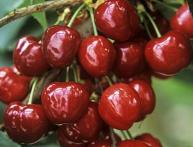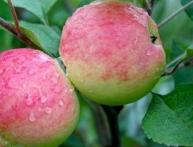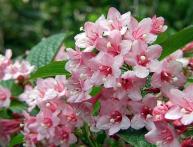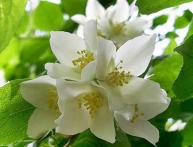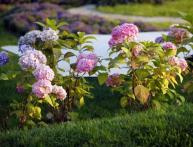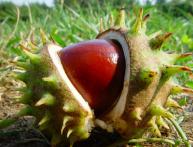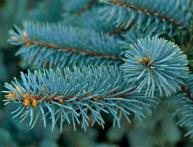Large-fruited raspberry varieties are the highest yielding!
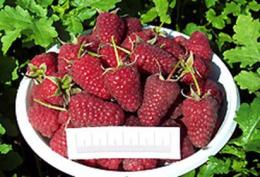
Raspberries are one of the most popular shrubs in our gardens, as their fruits are not only tasty and loved by everyone, but also have medicinal properties. Every year, raspberries delight children and adults with their fruits, because raspberries contain so much sweet glucose and vitamins. Everyone recognizes the aroma of raspberries, and its taste cannot be expressed in words.
There are 4 types of raspberries - large-fruited, ordinary, standard and remontant. Large-fruited raspberry varieties have the highest yields, which is why gardeners admire them so much. The berries are very large and juicy. The weight of one berry ranges from 4 to 12 g, while a berry of a regular variety weighs no more than 3 g. That is, one berry of a large-fruited variety weighs as much as four berries of a regular raspberry.
The most popular large-fruited raspberry varieties are Mirage, Aborigine, Maroseyka, Stolichnaya and Taganka. The yield from one bush is about 4 kg. The best time to plant these varieties is mid-September. Typically, raspberries are planted for about 10 years, but with good care, raspberries can produce good harvests for more than 20 years.
Large-fruited raspberries, in addition to their advantages, also have disadvantages. These varieties have very low winter hardiness, and therefore every year gardeners are faced with freezing of shoots, which can lead to the fact that the fruits are not larger, but smaller, even than ordinary varieties. To protect the shoots from freezing, it is recommended to bend the raspberries to the ground, while trying to avoid breaking off the shoots.
For large-fruited raspberry varieties, as well as for other varieties, various viruses and diseases are dangerous. Moreover, these bushes are more susceptible and require more attention and care, otherwise the infected bush must be destroyed. Low disease resistance is inextricably linked with their winter hardiness. After all, freezing leads to weakening of the bush. Therefore, do not forget to provide preventive and chemical protection measures, then the harvest will delight you every year!

